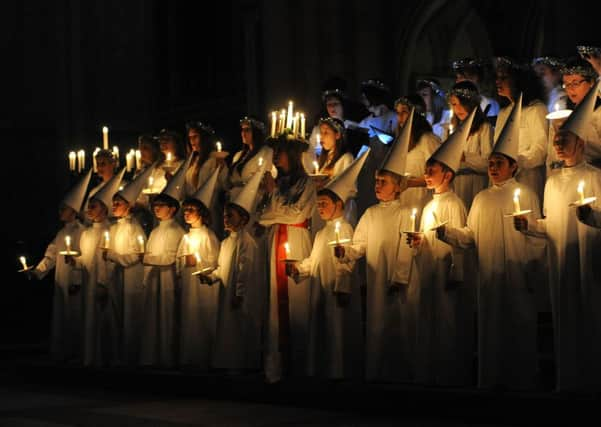Pass the earplugs: Christmas causes a racket


North Yorkshire noise measurement specialists Cirrus Research put some of our favourite yuletide sounds to the test - and found many caused a din.
Love them or loathe them, top of the decibels came the singing Santa toy, bellowing out an impressive 90.2 dBs, well above the legal requirement where noise protection is needed in the work place.
Advertisement
Hide AdAdvertisement
Hide AdCarol singers weren’t far behind, a fraction under Santa’s singing at a respectable 90.1 dBs.
The usual hubbub of a work’s Christmas party came in at 89.5 dBs - still well above the legal limit – and Christmas table favourites, the good old cracker and party popper produced bangs at 81.4 and 69.2 dBs respectively. The final Christmas noise to make up the top seasonal sounds were Jingle bells at 76.9 dBs.
Cirrus Research, based in Hunmanby, said: “We wanted to try and capture the sounds that were most familiar at Christmas and just see if they were really crackers or more party poopers.
“The singing Santa was head and shoulder above most of the noises we tested but the traditional carol singers did give him a run for his money. The one which surprised us the most was how quiet the works’ Christmas party was, but then again it could well depend on what time of the night you did the testing.”
The top five offenders:
• singing Santa Decoration/Toy – 90.2 dBs
• carol singers – 90.1 dBs
• Christmas party – 89.5 dBs
• Christmas Cracker – 81.4 dBs
• Jingle bells – 76.9 dBs
Other noises tested but were well within the legal noise threshold of 80db included: champagne corks popping, the Queen’s speech and presents being unwrapped.